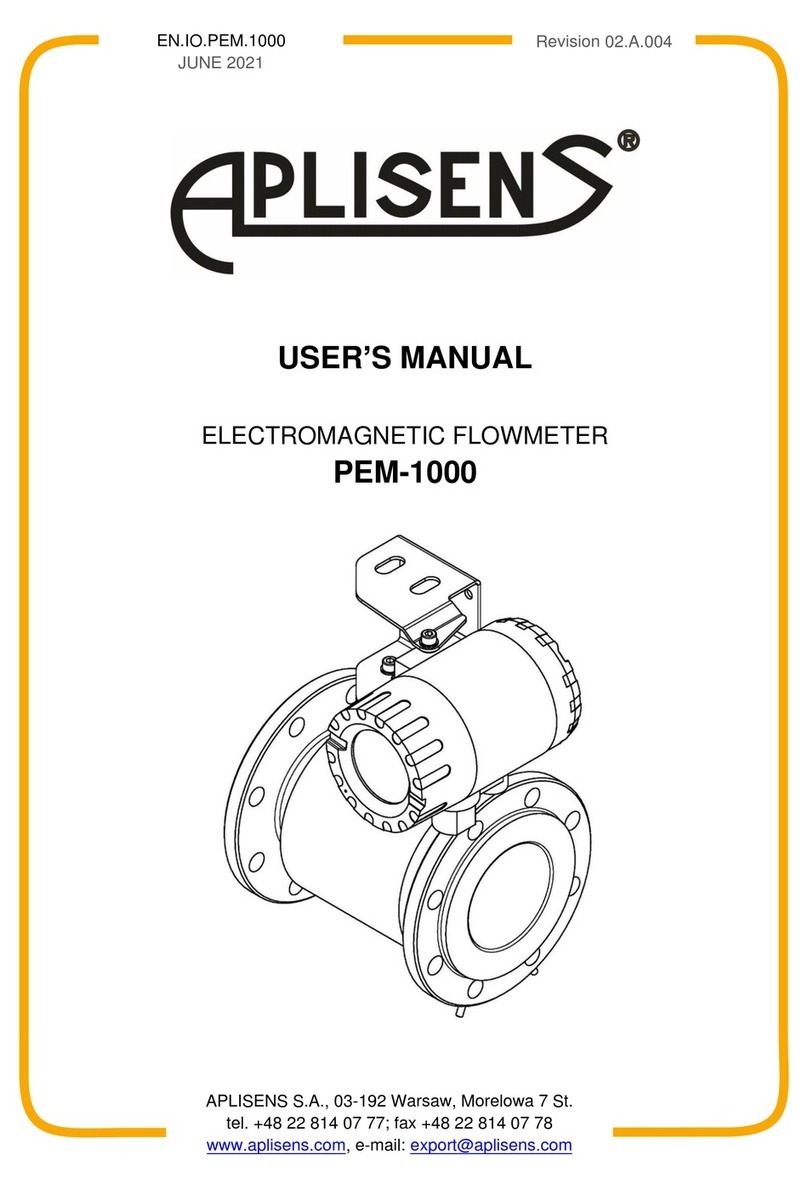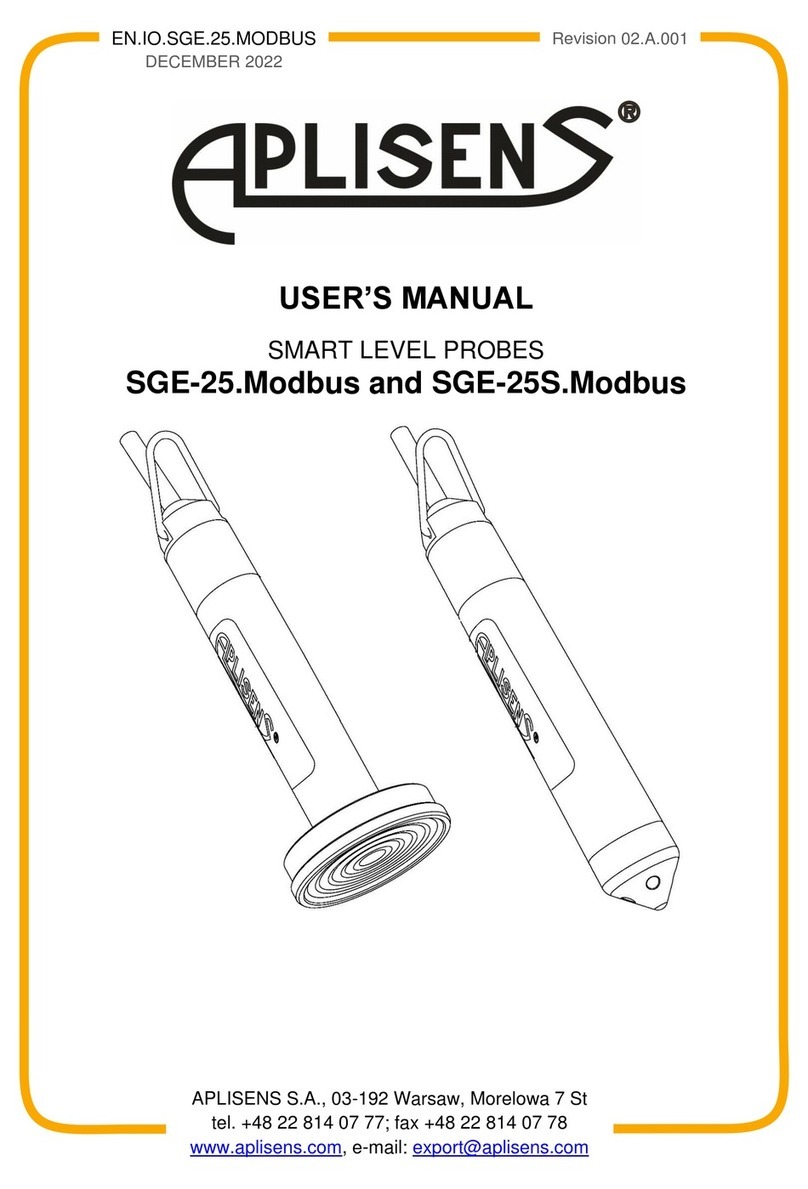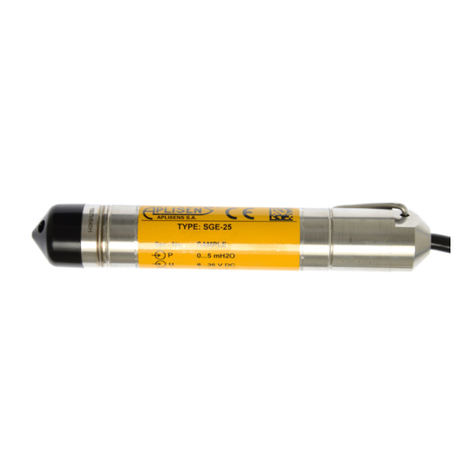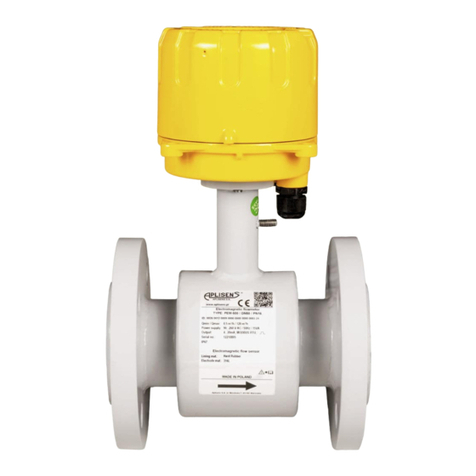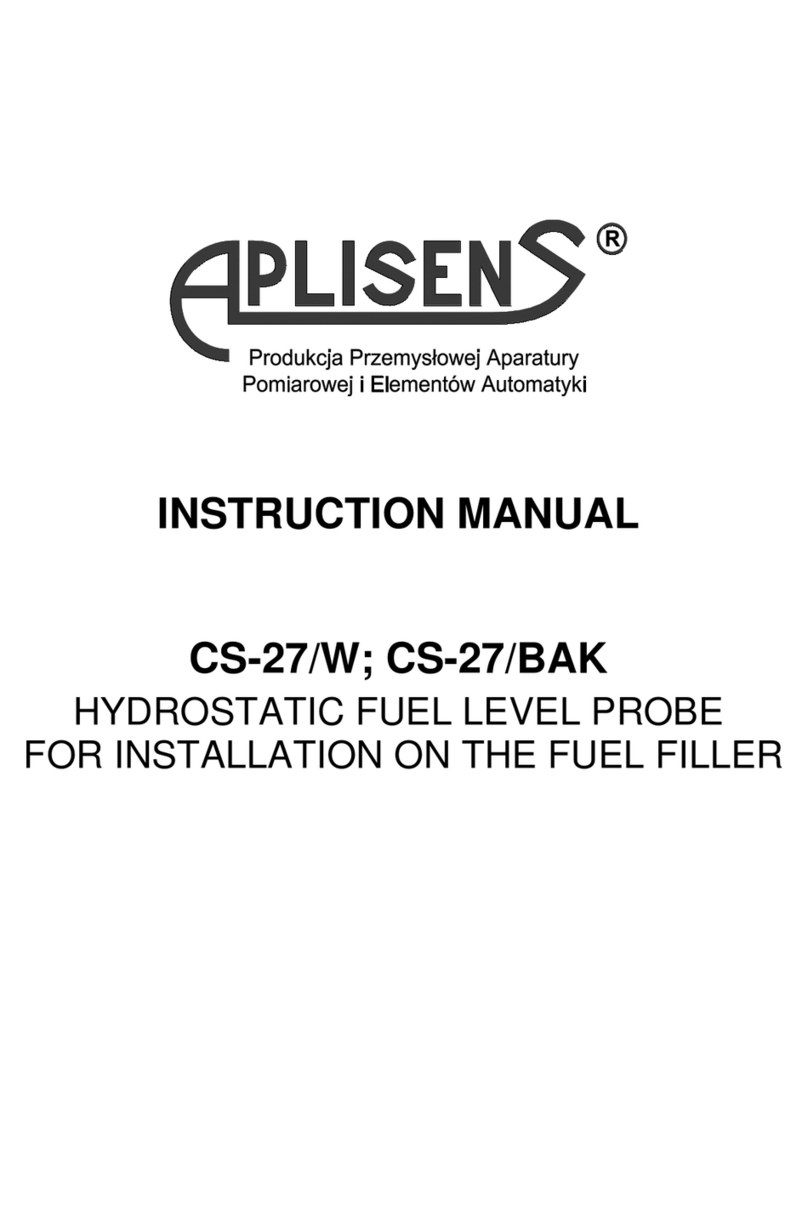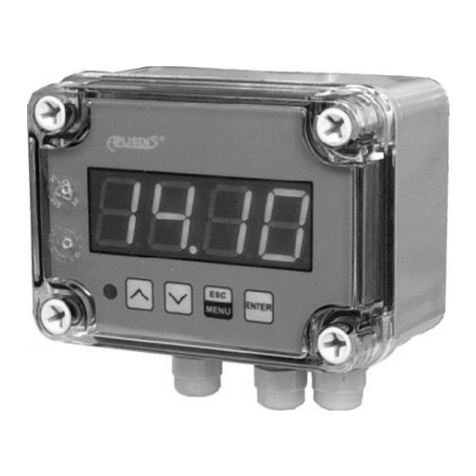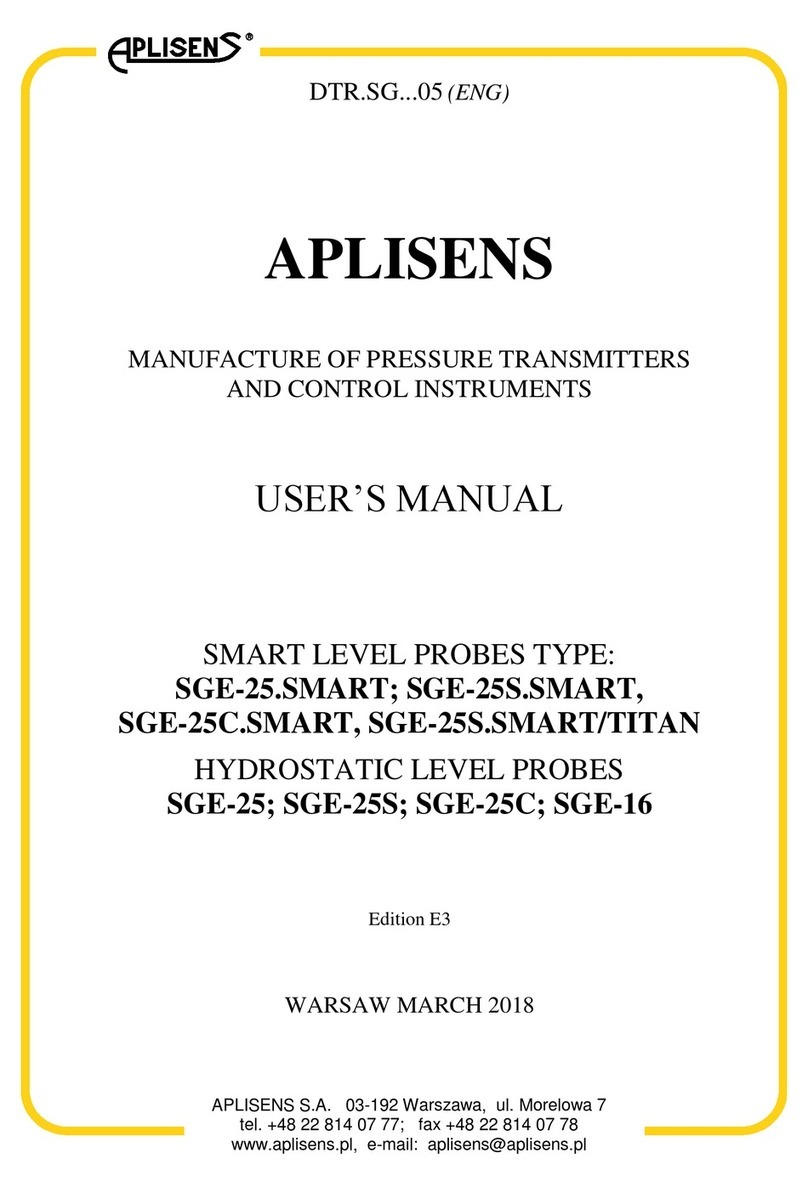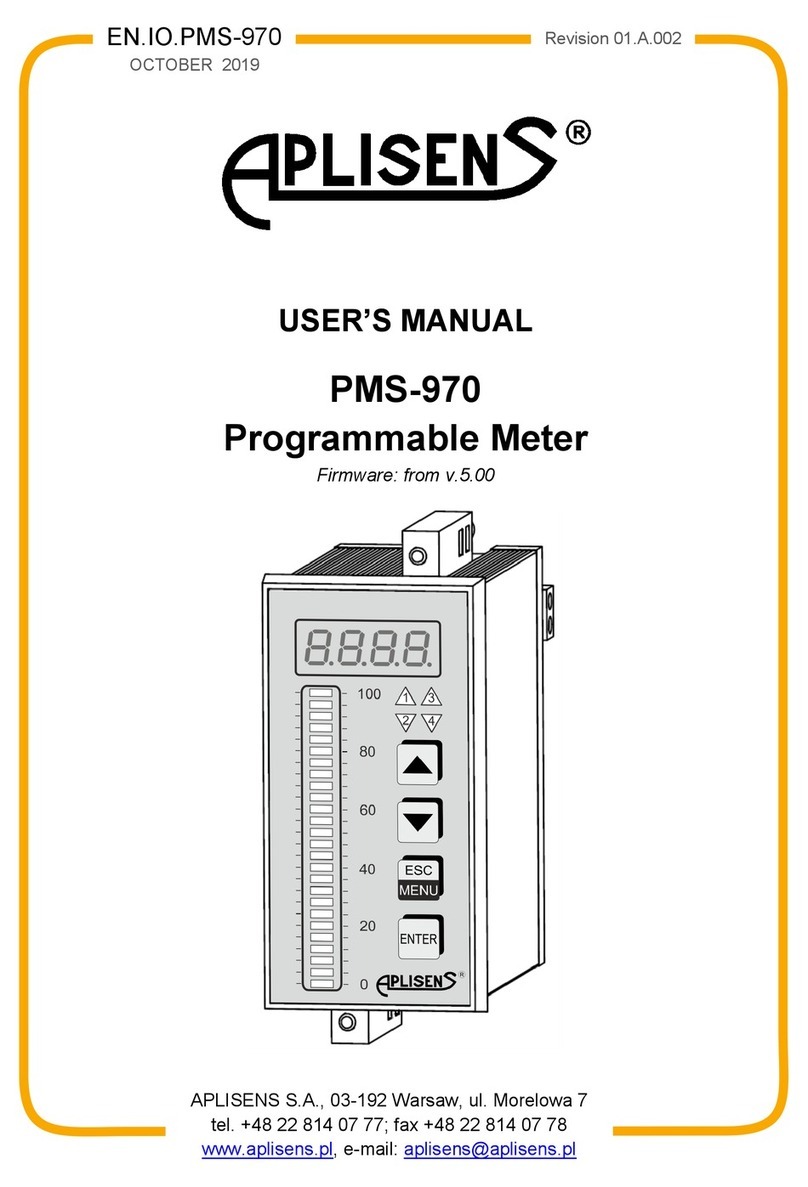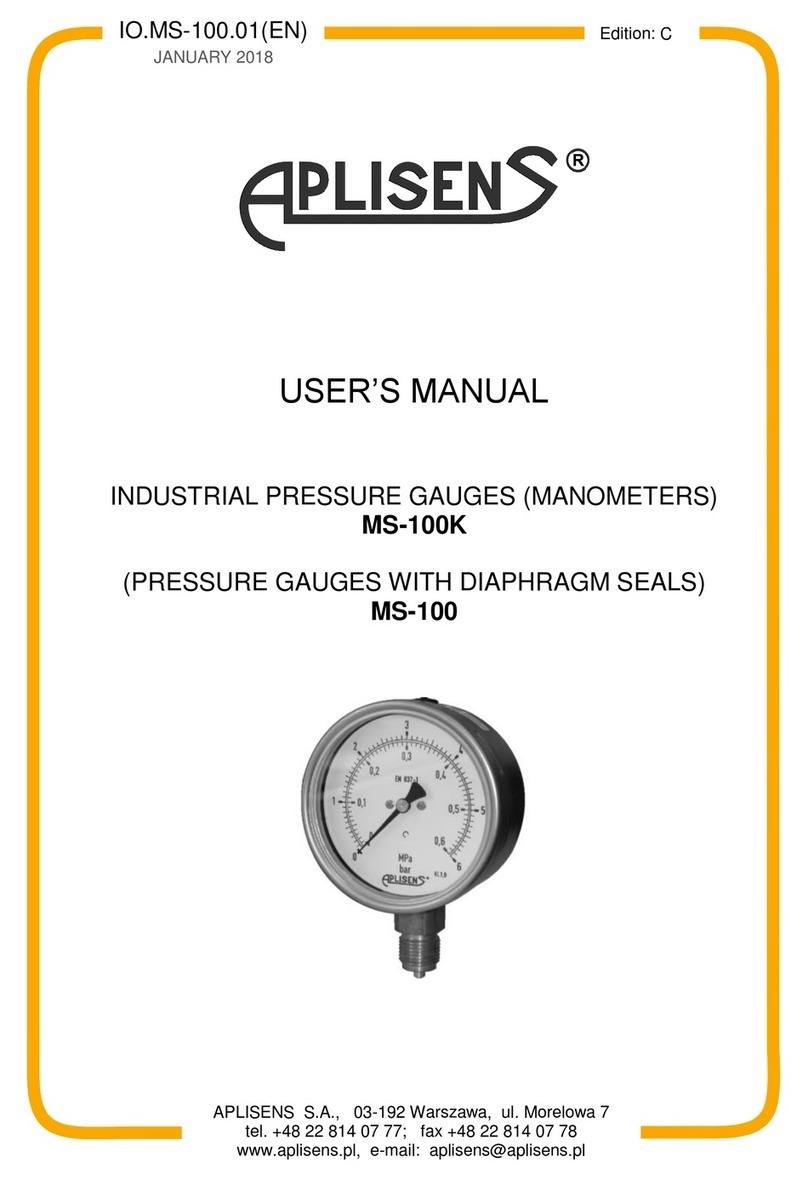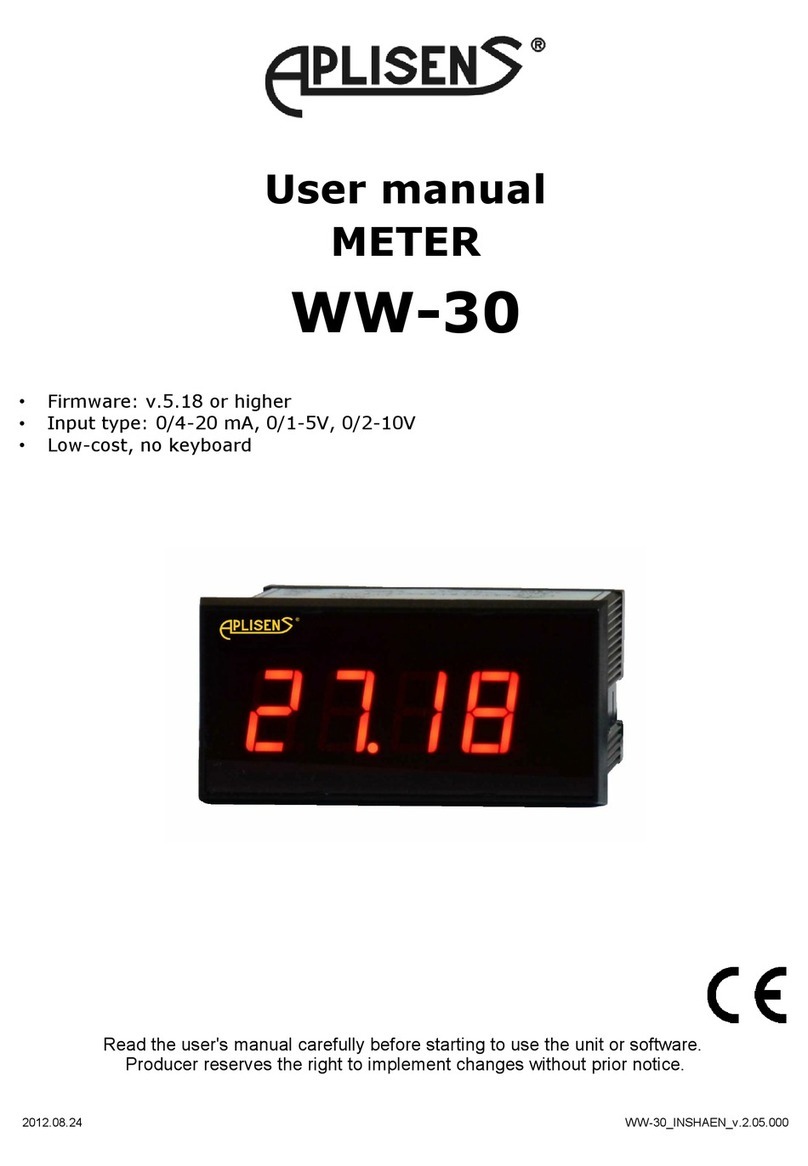4Revision 01.A.001/2021.09
TABLE OF CONTENTS
1. INTRODUCTION..........................................................................................6
1.1. Purpose of the document .......................................................................................................6
2. SAFETY.......................................................................................................6
3. TRANSPORT AND STORAGE....................................................................7
3.1. Delivery check........................................................................................................................7
3.2. Transport................................................................................................................................7
3.3. Storage and use.....................................................................................................................7
4. GUARANTEE ..............................................................................................7
5. IDENTIFICATION.........................................................................................8
5.1. Manufacturer address ............................................................................................................8
5.2. Probe identification.................................................................................................................8
5.3. CE mark, declaration of conformity.........................................................................................8
6. INSTALLATION...........................................................................................9
6.1. General recommendation.......................................................................................................9
7. ELECTRICAL CONNECTION....................................................................10
7.1. Connection, signal output.....................................................................................................10
7.2. Power supply........................................................................................................................10
7.2.1. Power supply voltage....................................................................................................10
7.2.2. Shielding, equipotential bonding...................................................................................10
7.3. Operation mode in MODBUS network..................................................................................11
7.4. Overvoltage protection.........................................................................................................13
7.5. Final Inspection of cabling....................................................................................................13
8. START-UP.................................................................................................13
9. OPERATION..............................................................................................14
9.1. MODBUS register layout in the address space.....................................................................14
9.2. Pressure unit codes..............................................................................................................15
9.3. Modbus status register description.......................................................................................15
9.4. Error codes supported by Modbus........................................................................................15
10.MAINTENANCE.........................................................................................16
10.1. Periodic inspections .............................................................................................................16
10.1.1. External overview .........................................................................................................16
10.1.2. „Zero” check .................................................................................................................16
10.2. Non periodic inspections ......................................................................................................16
10.3. Cleaning/Washing................................................................................................................16
10.4. Diaphragm cleaning .............................................................................................................16
10.5. Spare parts...........................................................................................................................16
10.6. Repair ..................................................................................................................................16
10.7. Return..................................................................................................................................16
11.SCRAPPING, DISPOSAL..........................................................................17
12.HISTORY OF REVISIONS.........................................................................17
Explosion-proof device manual EN.IX.SGE.25.MODBUS ...........................18
